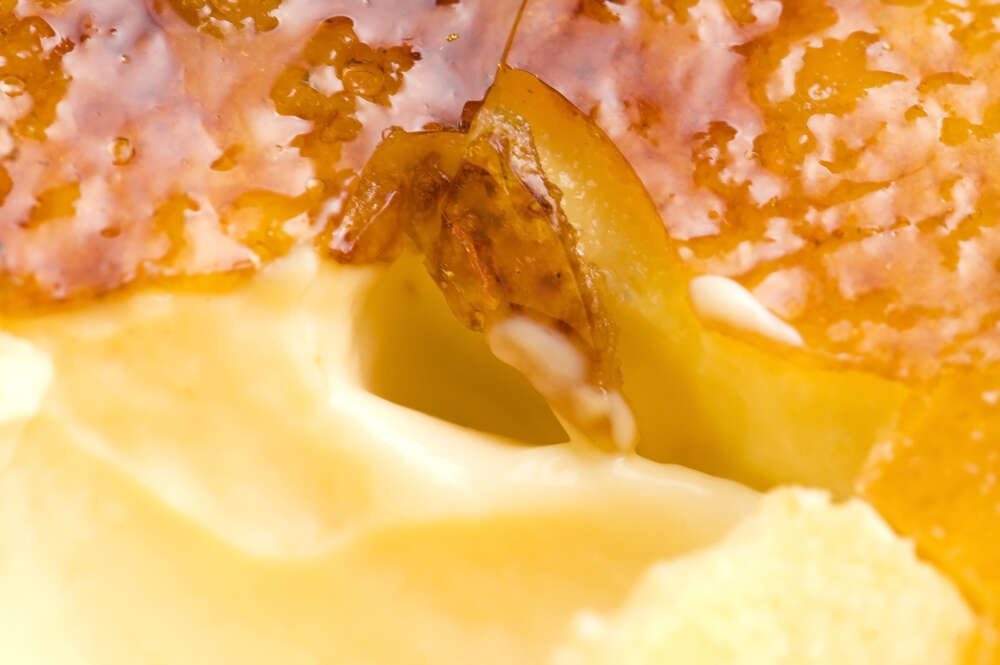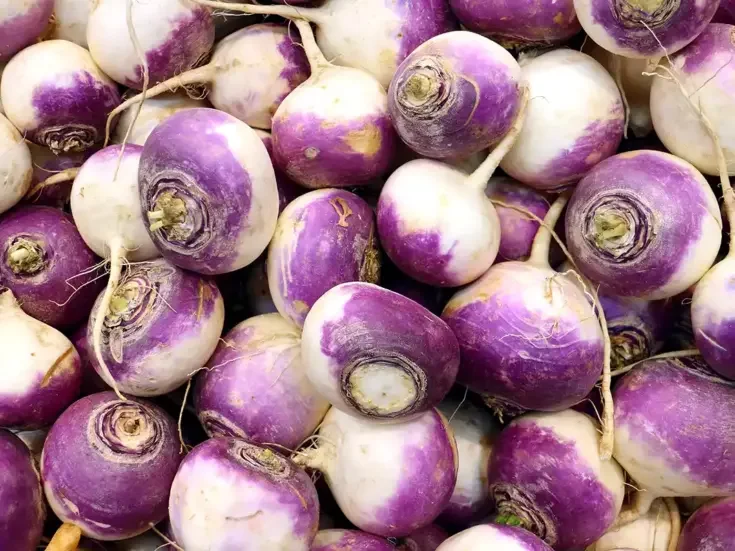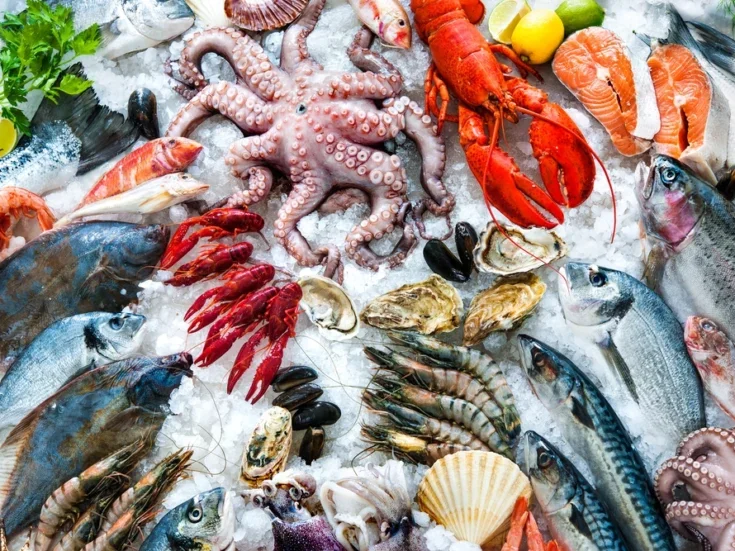
When I decided to do a sweet dish, I thought immediately of Spain. My impression is that the Spanish, collectively, have a sweet tooth and love desserts and that there is a strong dessert identity. Even with regional variations, the ingredients that loom large are eggs, milk, nuts, especially almonds, dried fruit, fresh fruit, not least citrus, honey, and chocolate; and if I was to pick out just one spice, it would be cinnamon. These ingredients come together in custards (flans), often with caramel, cakes, pastries, fritters, marzipan, and other sweet meats, poached fruit, rice puddings, ice creams, cheesecakes, et al.
My impressions come from many visits through four decade—my first ever wine trip went from Navarra in the north down to Jerez in the south taking in Catalonia on the way and seemingly every season. But am I right? Perhaps I’m not actually wrong, but I needed Claudia Roden’s incomparable The Food of Spain, to remind me that: “The usual way to end a meal in Spain is with fresh fruit, sometimes followed by bought ice-creams or pastries.” She goes on to explain that, as she has a sweet tooth, she deliberately went in search of sweet dishes for her book.
Similarly, writing 30 years ago, Marimar Torres started the desserts chapter of The Catalan Country Kitchen: “It’s no mistake that this is the largest chapter in the book. I love desserts […but…] I should explain that in Catalunya, most meals at home conclude with seasonal fresh fruit rather than a sweet. Even restaurants will offer, along with their desserts, a selection of fresh fruit […].”
More recently, Spanish chef Omar Allibhoy writes in his chapter on desserts and sweet things in Tapas Revolution (2013): “Sweets were not really for everyday eating so they evolved as something […] to celebrate saints’ days or special occasions.”
I can only say that my hosts on wine trips have never never been slow in coming forward with desserts and what has been served, while it may not been all that varied, has often been classic and memorable; the exceptions being in restaurants such as El Celler Can Roca (host: Pazo de Señorans) and Asador Etxebarri (host: Roda) where it has been memorable but highly original.
Crema Catalana: one of the timeless classics
Crema catalana is indisputably in the classic category and, although found now all over Spain, it is equally indisputably from Catalunya, where it is known as crema cremada—burnt cream—or crema Sant Josep because it’s customary to serve it on Saint Joseph’s Day on 19 March (with four weeks to go, there’s time to put in a few practice runs if you need to).
As crème brûlée, it’s also a French classic, although the two country’s recipes are not the same. Crema catalana uses whole milk flavored with lemon peel and cinnamon and it isn’t usually baked, whereas crème brûlée uses cream flavored with vanilla and the dish is baked.
Either way, the French can’t claim the original. As Roden among others points out, the late 15th century Catalan cookbook, Llibre de Coch by Ruperto de Nola, has a recipe for crema catalana. The earliest known recipe for crème brûlée is 200 years later in a cookbook of 1691, Cuisine Royal and Bourgeois by François Massialot, but it more or less disappears in the 17th century before eventually reappearing and becoming fashionable in France, and beyond, in the 1980s.
The other ingredients in this simple dish are egg yolks (occasionally whole eggs or a combination), cornflour (although not in crème brûlée) and caster sugar, including for the all-important caramelized brittle top, which is traditionally created with a quemador, a metal disc/hotplate on a rod. You can buy electric ones with a spiral “hotplate” these days or use a blow torch as most people outside Spain do.
The wine matches might seem obvious: sweet wines—and fully sweet, no half measures. But just a brief excursion on the internet produced dry and medium-dry white suggestions and, even more bizarre, Pinot Noir, specifically Old World. Dutifully, I tried a Pinot Noir. I can only say don’t go there.
Returning to my notes from previous pairings, I realized I had never tried crema catalana and crème brûlée alongside each other. So, in the interests of self-indulgence—sorry, let’s start that again—in the interests of research, I compared them side by side.
Wines to pair with the sweetness and richness of Crema Catalana
One thing to note is that there is a huge variation in sweetness among recipes for both. I tried to steer a middle course, which resulted in the crema catalana being considerably sweeter than the crème brûlée, although the lemon peel off-sets it a touch.
The other marked difference is that crème brûlée, being made from cream and baked, is richer. As a result it was better with the botrytis richness and intensity of Sauternes than was crema catalana. Château Suduiraut 2007 was particularly good.
The wine I liked most with the crema catalana was a Chivite Colección 125 Vendimia Tardía, a lovely oak-fermented Moscatel de Grano Menudo (Muscat à Petits Grains) that seemed to have echoes of the cinnamon, lemon, and caramel. It was good, if not quite as good, with the crème brûlée, too.
Overall, these caramel-topped custards are a showcase for many fine, intensely sweet wines, especially when evolution in bottle has softened penetrating youthful acidity. Wines to consider include Tokaji (on this occasion, a 5 puttonyos Disznókő 2006 was better with the crema catalana, while a 6 puttonyos was better with the richer crème brûlée) and South Africa’s Vin de Constance (such as 2012 or 2015). Slightly less obvious wines are Jurançon and the Jurançon-like Cabidos Petit Manseng Doux, Maculan Acininobili (barrique-aged Vespaiola) and New Zealand’s Seifried Sweet Agnes Riesling (ideally 2016 vintage).
Fortified wines are not my preferred choice for crema catalana, but I have been served sherry with it in Jerez and would recommend Lustau East India Solera Rich Oloroso Sherry (in preference to the older, more complex Matusalem) for those who want Sherry. For lovers of PX (I don’t pretend to be one), Turkey Flat PX from the Barossa Valley worked better than the even sweeter, denser Jerez PX’s I tried, and, while I don’t serve Tawny Port with crema catalana or crème brûlée, I can see the thinking behind choosing a 20 Year Old Tawny with its nutty, slightly caramelised echoes of the topping.






